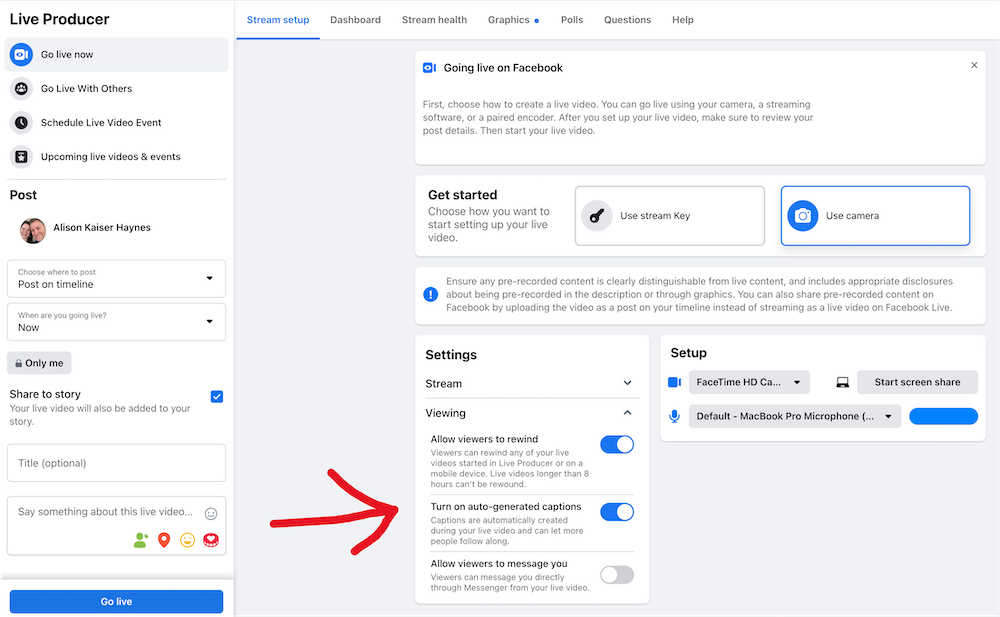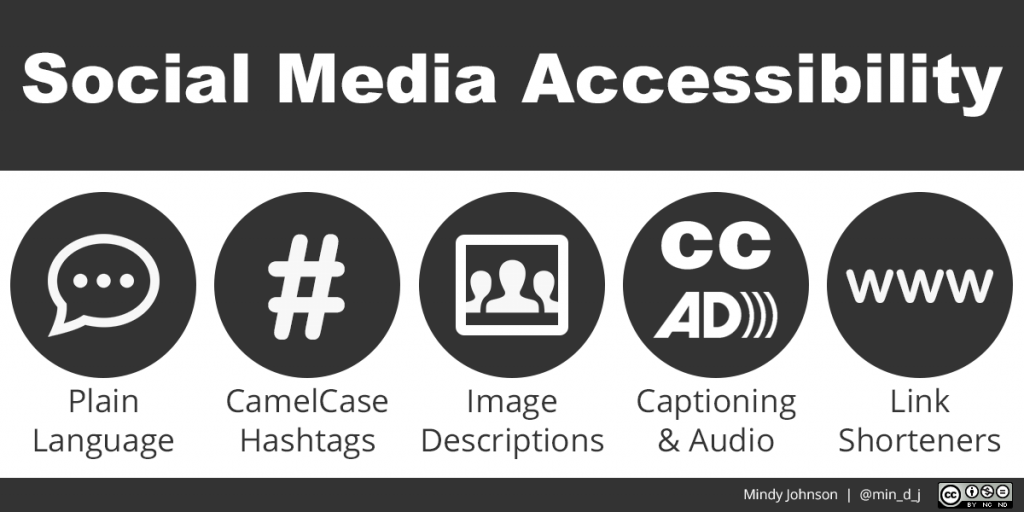Perceivable Solutions
Perceivable solutions make it easier for users to SEE & HEAR content. The WCAG guidelines in the Perceivable principle are highly relevant for digital content. Specific accessibility issues relating to this guideline are explained below.
ALT TEXT
DEFINITION:
ALT TEXT is detailed, hidden information for screen reader users that explains what images look like.
TIPS:
- Writing alt text is necessary only when images add additional meaning. Often, common platforms such as newer veresions of Microsoft Office programs will have a checkbox to mark if an image is considered "decorative".*
- Write it yourself; Some platforms are now using machine learning to generate alt text but is often misleading and inaccurate. Custom text is always preferable.
- Be succinct but specific. Leave out 鈥淚mage of鈥︹€� or 鈥淧icture of鈥︹€� since the screen reader will announce that it is an image.
- Every word you type will be read by site-crawlers and add SEO benefits
- Right-click on an image in most platforms to reveal "alt text" or "image description" options

EXAMPLES:
Accessibility is CONTEXTUAL- write your alt text according to what the image is meant to convey in its context. Take a look at the different alt text options below, all based on CONTEXT.
- Alt-text with no context might read: "A mostly empty stadium".
- Alt-text on a page about recent turnout for track tryouts: "Harvard Stadium with two lone runners bounding up the steps".
- Alt-text on page about renovation projects: "Harvard Stadium with cracked concrete pillars".
- Alt-text that is machine-generated: "place outside"
TECHNICAL TIP:
*If the image provides no additional meaning, the alt text can be entered in the code as (alt=""). This is often referred to as "empty" or "null" alt text.
CAUTION: Do not include a space between the quotation marks.


 TIPS
TIPS

